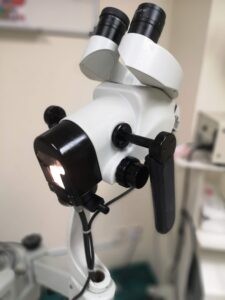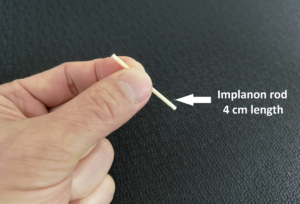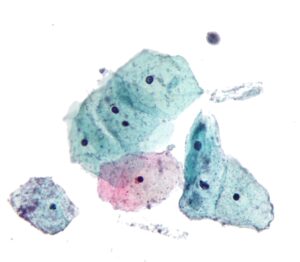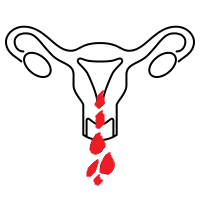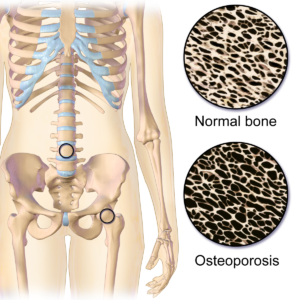Article contributed by Ms Emily Mah
 For every pregnancy journey, a mother or mother-to-be naturally experiences feelings of excitement and apprehension. In this 40-week period, a woman’s body goes through so many phases of change. Visible changes of increasing waistline and digits on the weighing scale are often coupled with swelling in the ankles and the presence of stretch marks. Internal observations will show pregnancy’s effects on metabolism, respiration, bone density, and the digestive system, to name a few.
For every pregnancy journey, a mother or mother-to-be naturally experiences feelings of excitement and apprehension. In this 40-week period, a woman’s body goes through so many phases of change. Visible changes of increasing waistline and digits on the weighing scale are often coupled with swelling in the ankles and the presence of stretch marks. Internal observations will show pregnancy’s effects on metabolism, respiration, bone density, and the digestive system, to name a few.
As the body accommodates a nurturing and developing fetus, stark changes in the anatomy and physiology of a woman will occur. Throughout the course of these 9 months, such changes actually have an impact on every organ system in the body.
 In this article, we will cover how pregnancy affects the feet. Swelling is a common occurrence during this phase. Also known as oedema, swelling can occur in different parts of the body though it largely occurs in the ankle region. Puffiness in the face or the hands is occasionally present. Dark spider veins, also known as varicose veins, often cause aesthetic concerns in women. Pregnancy is presumed to be a major contributing factor in its increased prevalence. Aside from its undesirable sight, this can also lead to cramps, heaviness, aching or numbness in the feet and calves.
In this article, we will cover how pregnancy affects the feet. Swelling is a common occurrence during this phase. Also known as oedema, swelling can occur in different parts of the body though it largely occurs in the ankle region. Puffiness in the face or the hands is occasionally present. Dark spider veins, also known as varicose veins, often cause aesthetic concerns in women. Pregnancy is presumed to be a major contributing factor in its increased prevalence. Aside from its undesirable sight, this can also lead to cramps, heaviness, aching or numbness in the feet and calves.




